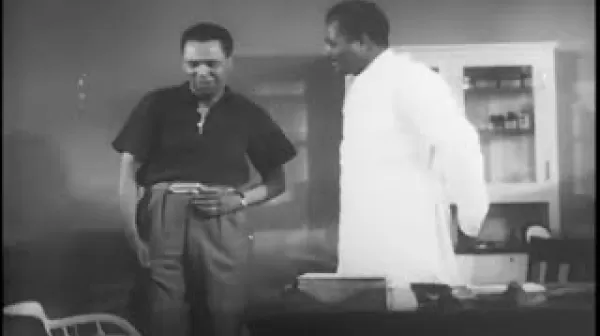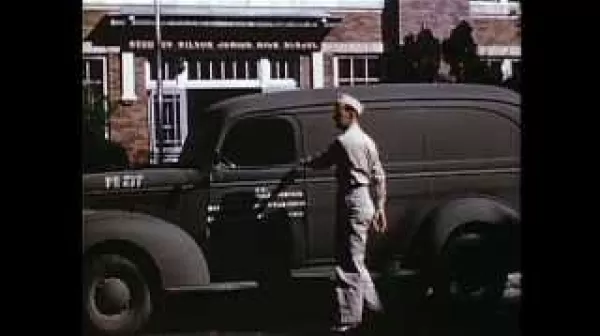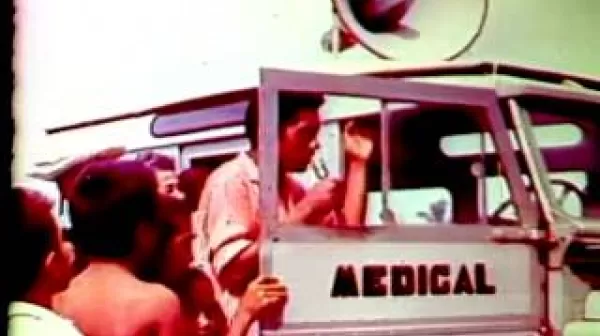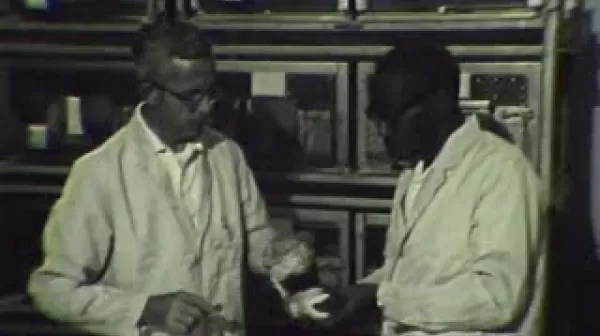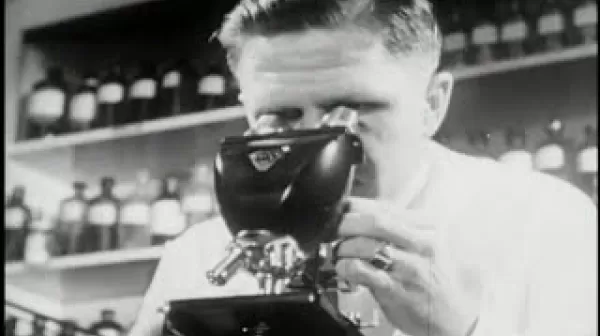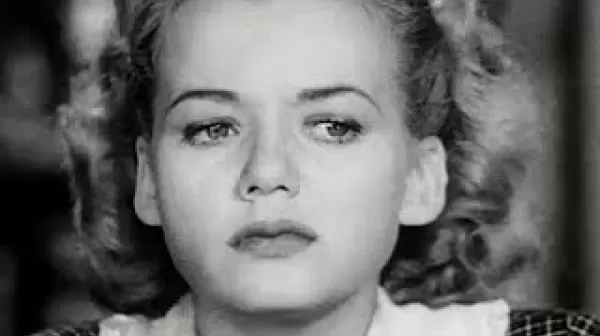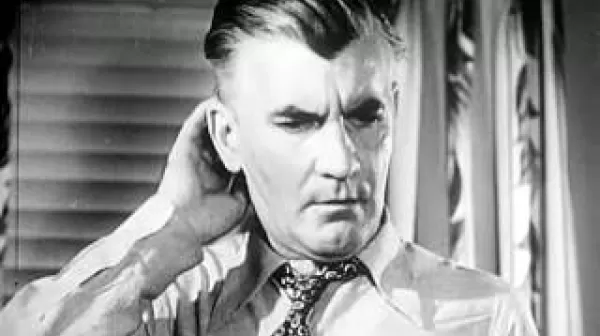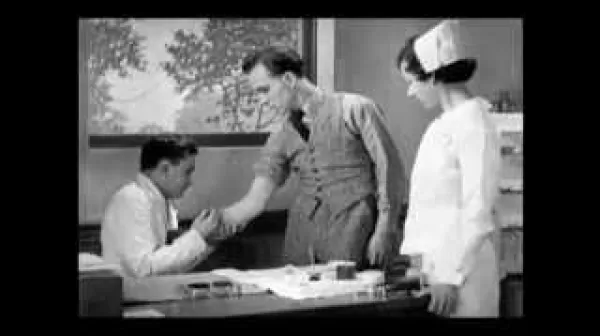Let My People Live (National Tuberculosis Association, 1938)
This film dramatizes the dangers of neglecting the treatment of tuberculosis through the story of a African-American family where the superstitious mother, who depends on cures rather than the doctor, succumbs to the disease. When her two children also develop the disease they are saved by modern medical care. Musical background to the story consists of Negro spirituals sung by the Tuskegee Choir. Produced by the National Tuberculosis Association.

